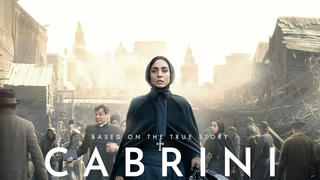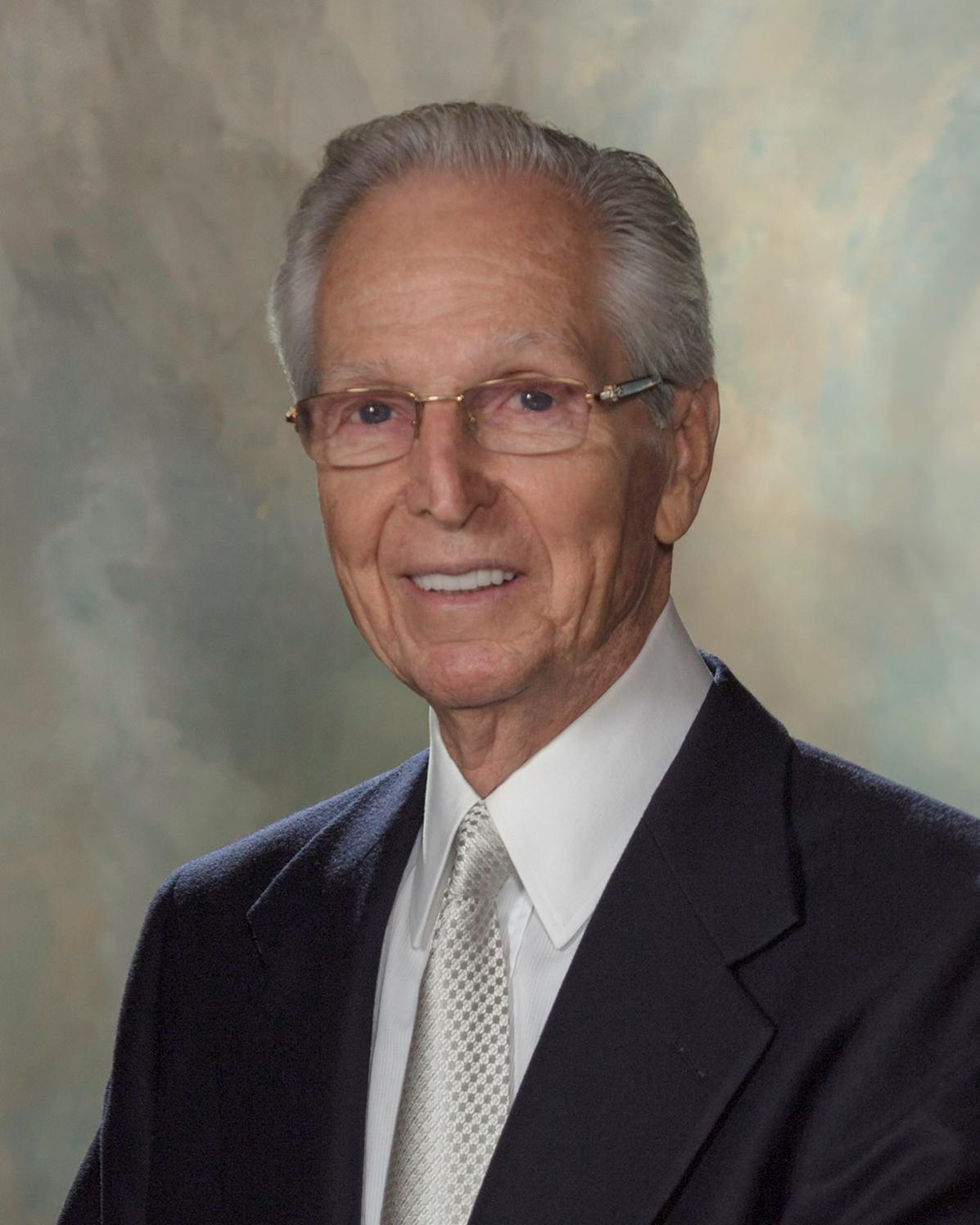Bringing Mother Cabrini to the Big Screen
A founding member of the Missionary Sisters of the Sacred Heart of Jesus and advocate for immigrants, Mother Cabrini likely never would have imagined her Hollywood debut. But thanks to alumnus J. Eustace Wolfington, BS ’56, H ’17, he's ensuring her exemplary life gets the attention it deserves.

Inspired to tell the dramatic life story of Mother Cabrini, J. Eustace Wolfington, BS ’56, H ’17, recruited a team of directors, writers, investors and lenders to make a movie about her life. SJU News sat down with Wolfington to explore who Cabrini was, why she inspired Wolfington's life's work and how he assembled a team to produce the film.
directors, writers, investors and lenders to make a movie about her life. SJU News sat down with Wolfington to explore who Cabrini was, why she inspired Wolfington's life's work and how he assembled a team to produce the film.
How did you initially learn about Mother Cabrini? What inspired you to create this film?
I never knew of Mother Cabrini until I was 23 years old when I visited St. Donato church, where I had never been before, to try to get an early mass. The priest said we have a nine week novena, so I went to it and that’s where I learned about Mother Cabrini. I read up on her life, went around the world and talked about her. Nobody knew of her. Even in this country, I was shocked that people see the movie and they say, “I never knew Mother Cabrini.”
Sister Mary Louise Sullivan came into my office one day and said, “Would you do a film of Mother Cabrini?” And I turned her down for six years. And she finally invited me to the Cabrini Shrine in New York to meet an Italian film company. They were going to do the movie, but I didn't like what they were going to do. And I said, Sister, you can't do that to Cabrini.
The movie really showed the world what this woman was all about, because she was a spectacular woman, and our whole concept in this film was like the Good Samaritan. The Good Samaritan, that was Mother Cabrini.
Who was Mother Cabrini and what about her inspires you and the work you do?
In 1880, Mother Cabrini founded her own order with seven other young women — the Institute of the Missionary Sisters of the Sacred Heart of Jesus. Upon discussion with the Pope, she began her travel from Italy to New York in hopes of helping impoverished Italian immigrants around the country, later becoming an entrepreneur and first U.S. citizen to be named a saint by the Catholic Church.
Many times in her life, people tried to screw her over. Looking to expand her efforts beyond New York, Cabrini set sail to Chicago to build a hospital. Upon arrival, she studied the plans, the layout and the ground, firing the contractors for cheating her of about 25% of the grounds and not doing the work she proposed because of her position as a woman and nun. What did she do? She got the nuns and started working, with many others coming to her aid to help to finish the hospital. She was a woman who lived by “Just do it.” That was her motto long before Nike did it. Mother Cabrini went on to create 67 institutions, including schools, orphanages and hospitals.
It makes me realize I wasn’t half the business woman she was. I wish I paid more attention to her.
What's one thing you learned about Mother Cabrini that surprised you during this project?
We went to her convent in Codogno, Italy, and lived 10 days with all the Assyrians and they showed us something that was not in any of the books. They got the newspaper clippings out to show us how Mother Cabrini had busted into the Senate to demand that they help immigrants in need in New York.
How involved were you in the casting and production crew? Did you get to meet any of the actors?
Very much. The director we went with, Alejandro Monteverde, I had worked with before doing a movie called “Bella” and I liked him, but I heard he was busy and wasn’t going to be able to work on a project. So, I was in church one day and I was talking to other directors and I got this overwhelming feeling to call Alejandro. I called him just as he was about to sign an agreement with another firm. He didn’t want to do a movie about a nun but he read the script that we had put together, which was all part of our trip to Conogno and we visited every city she’s been to — Los Angeles, Chicago, Seattle, New York, Denver, etc.
As far as the main actress, Martin Scorcese was doing a film on Mother Cabrini in the late ’70s, so I called Scorsese on the phone and said, “We’re about to do the movie. You didn’t get it done, do you still have the script?” He said, “I don’t have the script but I’ll give you a tip, get an Italian actress.” We got an Italian actress who had never been to America before, came here three weeks early to get into her role and get into her part. She was about the same size as Cabrini, looks like Cabrini, and was just a powerful actress. So we got very lucky there.
Who else made this film possible?
With the help of investors and lenders providing a $50 million budget, we were able to put together a mesmerizing film with great cinematography, music, acting and dialogue.
We made Mother Cabrini executive producer of the film, and that had an incredible effect on the cast and everybody involved. She really helped us make the film. I mean, it sounds a little offbeat when you say that, but things happened in making this film, and you know she was helping us. We shot in Rome for 10 days. We shot it in Buffalo for nine weeks. And all kinds of things happened in both places.
What do you hope people take away from this movie?
Many people who watched the film said they went into it with fear, depression and anger for this broken world we’re in, but walked out excited about life again.
We want her life to be the sermon. And that was our strategy going into the film. And we wanted the whole world to embrace this film and embrace Mother Cabrini and then come in the back door and learn about her because they're so interested in her. And that's what's happened. Right now, at the shrines in Denver or New York, they're packed with people who just want to come in and learn about Mother Cabrini. That part of our mission so far is working.
This film has garnered an international audience, being shown in Singapore, Hong Kong, Manila, England and Rome with 15 more country screenings in the next two weeks.
